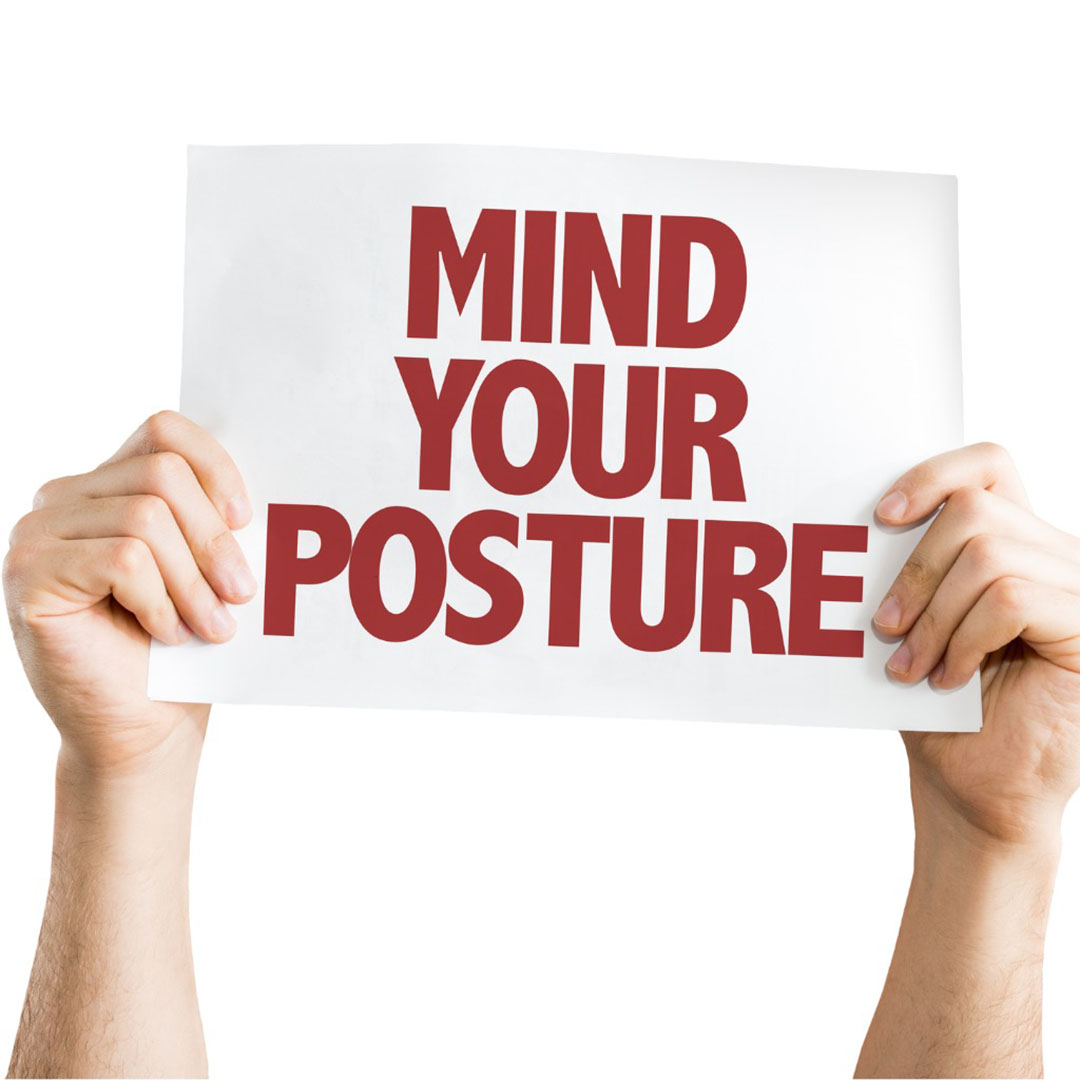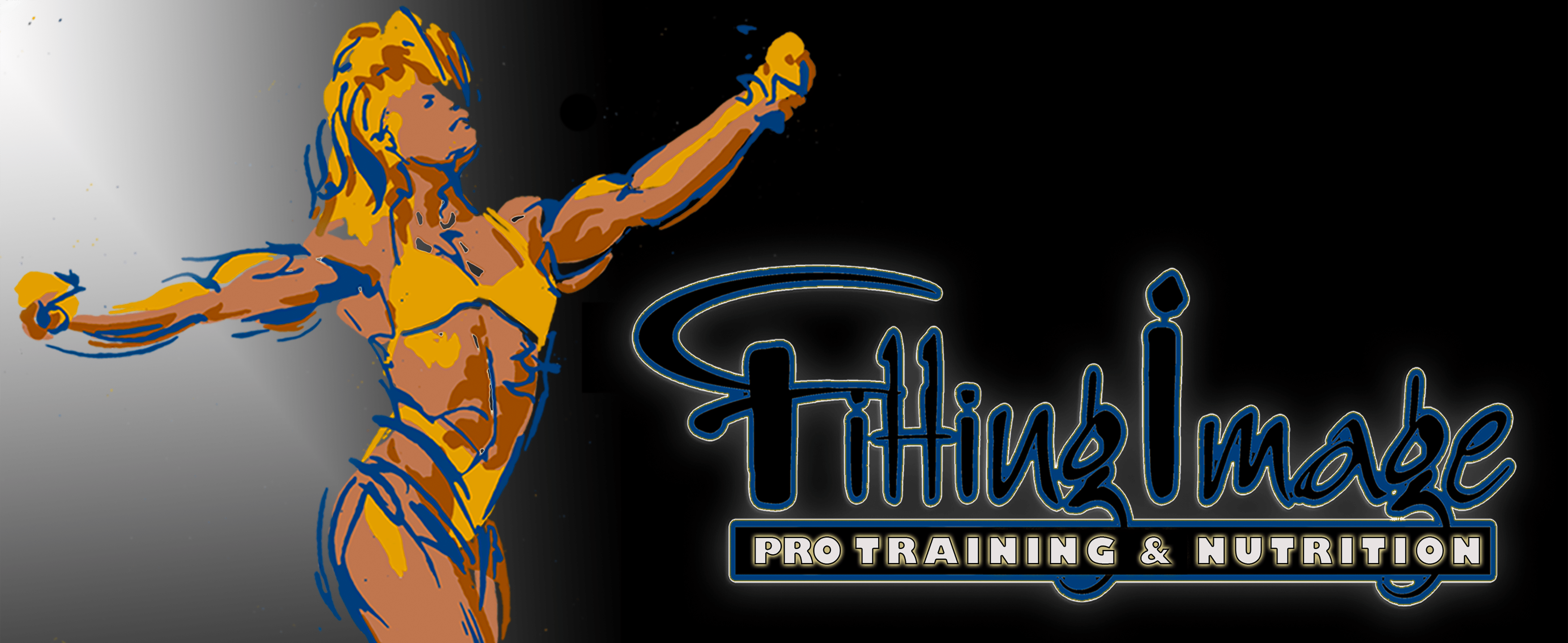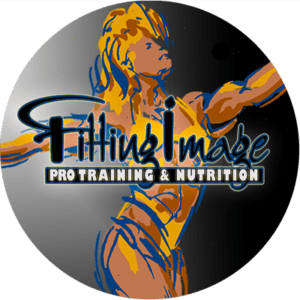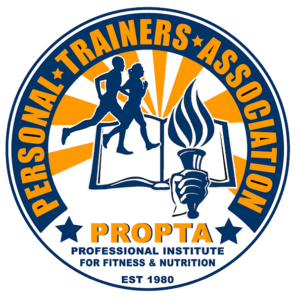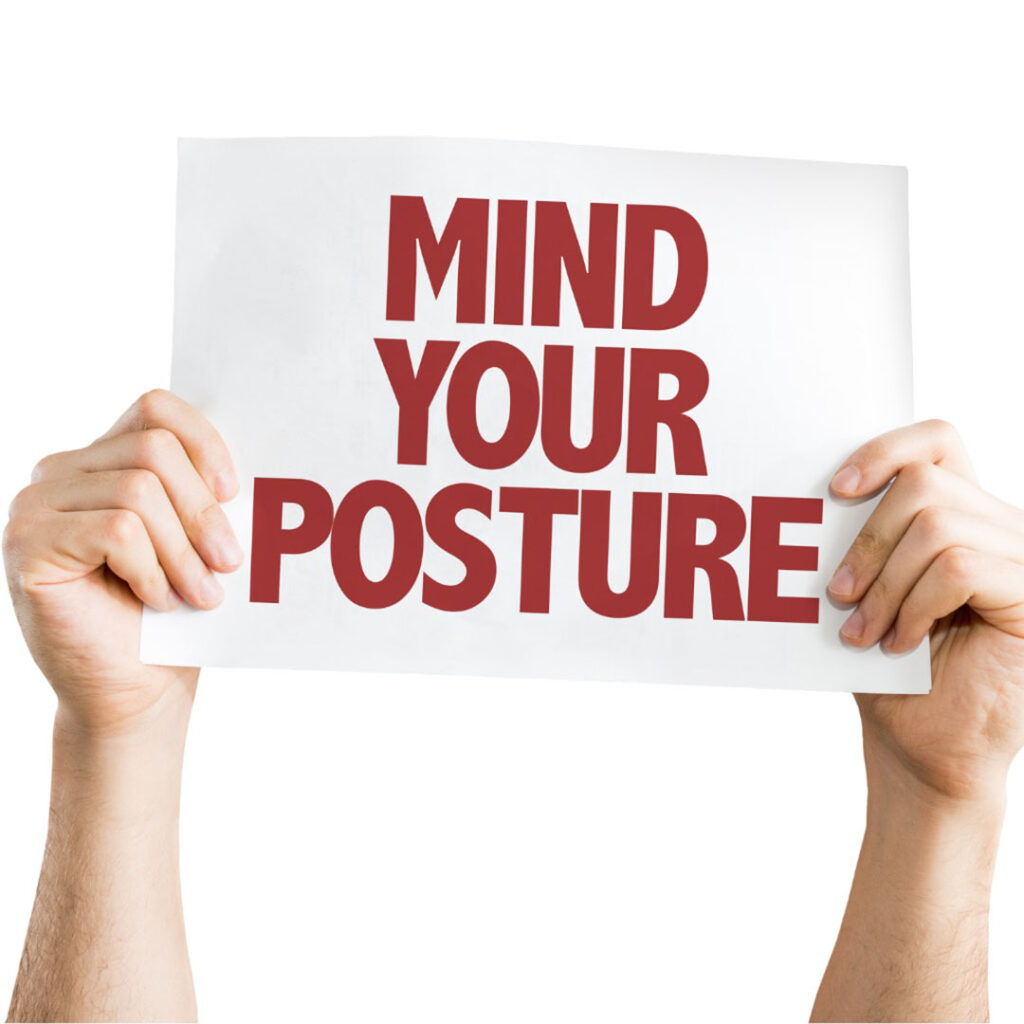
7 Common Posture Issues; How Weightlifting Can Help.
Weightlifting can be an effective way to correct postural deviations by strengthening the muscles responsible for maintaining proper posture and by improving flexibility and mobility in tight or weakened areas. Some of these issues are structural, but some are caused by muscular imbalances, weakness, and habit.
Below are some very common postural deviations that, unfortunately, I see way too often.
Here’s how weightlifting can help:
- Winged scapula: This occurs when the shoulder blades stick out from the back, like chicken wings. This can be caused by weak serratus anterior, as well as weak mid and lower trapezius muscles. Exercises that target the serratus anterior, such as scapula push-ups can help strengthen these muscles and correct winged scapula. Other exercises like standing overhead presses, dumbbell pullovers, or ones that focus on scapular stabilization like overhead external shoulder rotation can be helpful. It is important to add stretches for the levator scapulae, scalene muscles, and upper trapezius to your routine. Winged scapula is sometimes caused by nerve damage; by the same token, scapula winging can be caused by specific muscular weakness and if left to progress, can cause nerve impingement and damage. In my line of work, I see more of the weakness causing faulty posture leading to nerve damage.
- Kyphosis: This is a rounding of the upper back, which can be caused by weak upper back muscles and tight chest muscles. Weightlifting exercises that target the upper back, such as cable rows and lat pulldowns, done correctly, can help strengthen these muscles and improve posture. Stretching the pec muscles is also extremely important, as a tight chest will pull the shoulders forward.
- Drooped shoulders: This occurs when the shoulders slouch forward, which can be caused by weak upper back muscles and tight chest muscles. Weightlifting exercises that target the upper back and shoulders, such as rows and overhead presses, can help strengthen these muscles and improve posture. Someone with drooped shoulders can really benefit from stretching those pec muscles.
- Scoliosis: Structural scoliosis is a rotation or side-to-side curvature of the spine that is greater than 10 degrees. The goal of weight training with scoliosis is to strengthen the muscles around the spine, to help prevent the curvature from getting worse. Focusing on proper training technique is imperative to align the spine and hips as much as possible while performing each exercise. Developing a thick back musculature has saved me from countless problems with my own scoliosis. A testament to the fact that training technique is everything, is that even though I have a spine that veers to the side 32 degrees and corkscrews, my hips are perfectly level. I was able to compete for many years with no one noticing my spinal abnormalities.
- Posterior pelvic tilt: A posterior pelvic tilt reduces the normal lumbar curve, resulting in excess stretching of the back muscles. This occurs when the pelvis tilts backwards, posterior part of the pelvis tilts downward, and front of the pelvis shifts up and back. This deviation can be caused by weak and tight hip flexors, glutes, and most of all hamstrings. Weightlifting exercises that target the glutes, such as squats and lunges, can help strengthen these muscles and correct a posterior pelvic tilt. Strengthening and stretching exercises targeting the hamstrings and hip flexors can also be helpful.
- Incorrect walking gait: There are many noticeable gait abnormalities that can lead to other postural issues. A couple that come to mind include walking with the legs stiff and locked (common I notice in people who wear stiff orthotics) and walking pelvis first leaning back. Both habits tend to ignore using the glutes, pushing the pelvis forward, and cause the upper back to slump forward in order to balance. This posture can be caused by a variety of factors, including muscle imbalances and weak or tight muscles. Weightlifting exercises that target the legs and glutes, such as squats and lunges, can help strengthen the muscles responsible for walking and improve gait. Stretching tight muscles, such as the hamstrings and calves, can also be helpful. Upper back exercises, to strengthen the lats and rhomboids, should be on the list as well to help pull the chest up and shoulder blades back and down.
- Knock knees: This occurs when the knees angle inward, which can be caused by weak hip abductor muscles. Weightlifting exercises that target the hip abductors, such as lateral band walks or an abductor machine can help strengthen these muscles and provide some correction to knock knees. Working and stretching the opposing inner thigh muscles is also important.
In addition to weightlifting, stretching and foam rolling can also be helpful in correcting postural deviations. Stretching tight muscles can improve flexibility and reduce muscle imbalances, while foam rolling can help release tension in tight muscles and fascia.
If left uncorrected, postural abnormalities can lead to long-term consequences, such as chronic pain, joint degeneration, and increased risk of injury. Correcting postural deviations can help prevent these problems from worsening, may prevent the need for corrective surgeries, and may help stop other deviations from developing in response. I often see one postural abnormality cause a chain reaction, that leads to many more, and eventually very serious consequences affecting mobility.
Correcting postural abnormalities helps to extend physical function improving quality of life into elderly years. Good posture is important for maintaining balance and preventing falls, which can be especially important for older adults who may be more prone to injuries.
In conclusion, weightlifting can be an effective way to correct postural deviations by strengthening the muscles responsible for maintaining proper posture and improving flexibility in tight or weakened areas. Correcting postural abnormalities can have long-term benefits, including reducing the risk of chronic pain, joint degeneration, and injury, and can help extend one’s ability to stay mobile and functioning into their elderly years.
One final thought…correcting or improving deviations takes focus and patience. The focus comes in two parts. Focus on your technique when lifting; people with bad posture tend to exercise in bad posture. Secondly, focus on what you are doing when not in the gym. Sometimes clients will expect to work an hour or two a week on rehabilitative corrective exercise, but the other 166 or so hours per week, continue to walk and sit in ways that exacerbate the problem. For instance, if you sit on the couch or at your computer slumped over for 8 hours/day, a couple of hours of correction won’t fix the problem. It takes time to change a bad habit and develop a healthy new one. So…there’s no better time to start than now!
